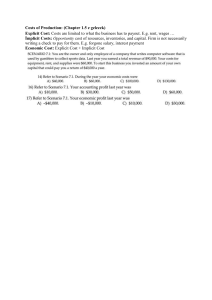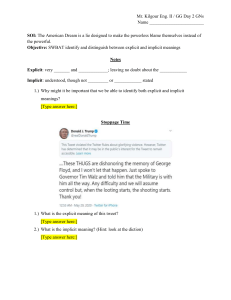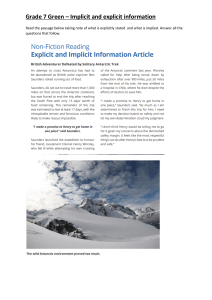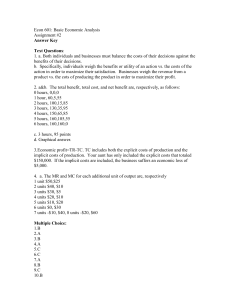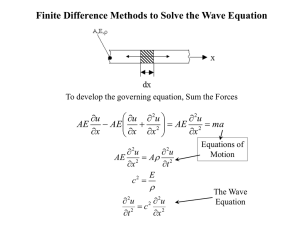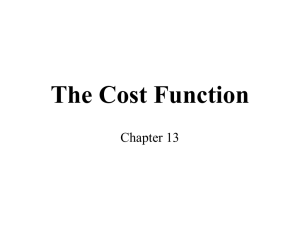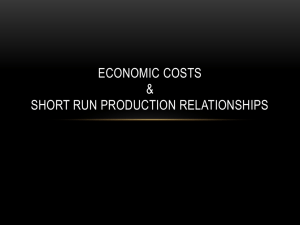Chapter 1 - Pegasus @ UCF
advertisement
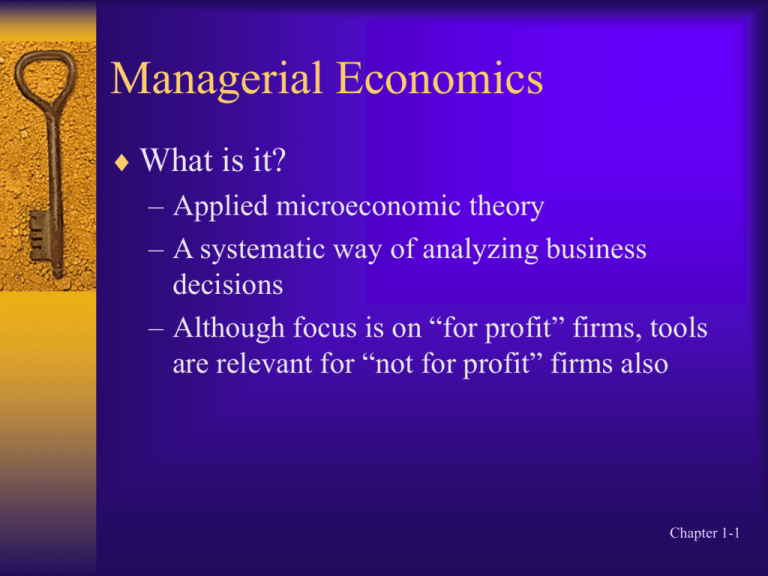
Managerial Economics What is it? – Applied microeconomic theory – A systematic way of analyzing business decisions – Although focus is on “for profit” firms, tools are relevant for “not for profit” firms also Chapter 1-1 Defining Profit Profit is the difference between a firm’s revenues and costs. However, economic costs requires some clarification since it differs from accounting costs. Economic Costs = Explicit Costs + Normal Profit(which is an implicit or implied costs) Chapter 1-2 The Two Types of Economic Costs Explicit costs reflect payments made to resource owners external to the firm for the use of their land, labor services, or capital. Implicit costs(Normal profit) reflect an implicit payment(no explicit dollar flow) made to the firm’s owner(s) for the use of their services. Chapter 1-3 Accounting Profit Accounting Profit is the difference between total revenue and explicit cost. Chapter 1-4 Maximizing Profit Throughout the course the basic goal of the firm is assumed to be the Maximization of Profit within a single period. However, this is generally consistent with maximizing the Value of the Firm over time as long as decisions made in one period have no impact on revenues and costs in other periods. Chapter 1-5 Value Maximization The value of the firm, V, is the present value of expected future profits (p) or cash flows, discounted at the shareholders required rate of return, r, ignoring taxes. T t 1 t (1 rt ) Chapter 1-6 Separation of Ownership & Control When the owner and manager(decision- maker) are one and the same person – there is no problem in modeling firm behavior. What is good for the owner is also good for the manager and there is no conflict of interest. However, when owner and manager are two distinct individuals, there is a potential conflict of interest. Chapter 1-7 Corporate Structure In corporations there is this separation of ownership and control. Ownership rests with the shareholders often called the Principals. Control rests with the managers often called the Agents. Thus, the potential conflict we refer to is often called the Principal Agent Problem Chapter 1-8 Chapter 1-9
